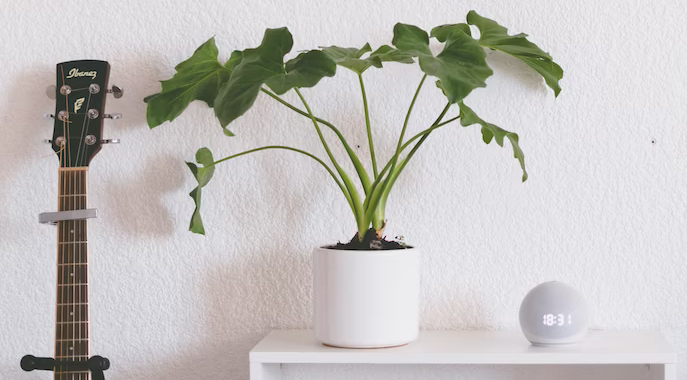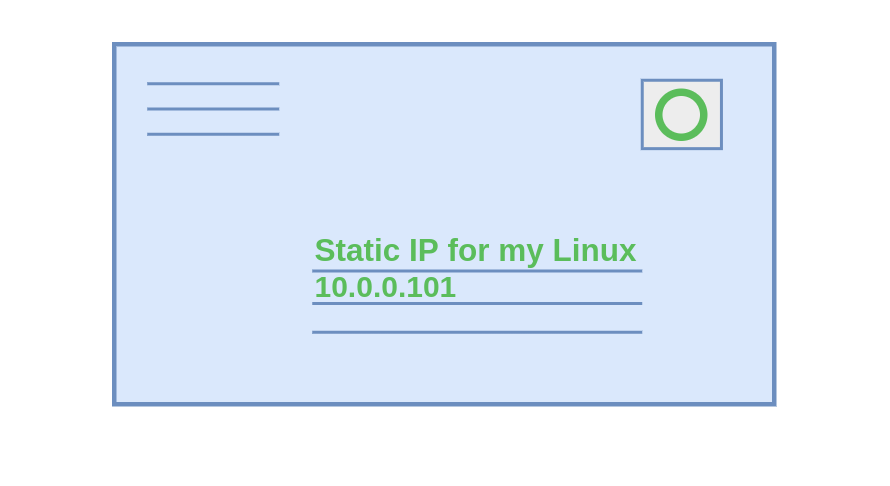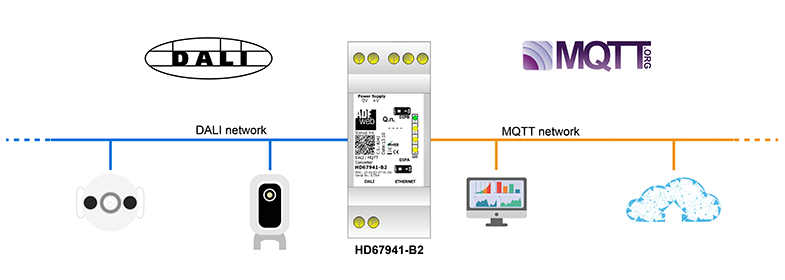Category
HOW TO

We have chosen the step by step tutorial of setting up a smart home as the best learning option. In this guide you will find how our model house looks like, how rooms are labeled and what we will control in our model house. If you learn to set up a model house, it will be easy for you to adjust the number of lights and their labels so that the setting fits your real project. Let's go!

The heart of the intelligent house is the OpenHAB project, which runs on Raspberry Pi board. In this article, we will prepare image, launch OpenHAB and set up basic services. This will give us a stable base whether we use wired sensors, relays or wireless standard like Z-Wave, etc.

The article will guide you through the basic setup of OpenHAB 3 on our model example of a smart house. We will explain what Things and Items mean - basic building units in OpenHAB. We will show some tips for bulk editing in Mian UI and how to "clicking" your house or apartment in this environment. An integral part is the setup of the link with MQTT commands, which is the basic communication protocol in our Pi-Home application project.

In this article, we look at the rules in OpenHAB 3. The rules are rensposibles for entire ecosystem of actions responding to different states. In OpenHAB 3, the rules can be created manually via the user interface or via the .rules files. For our model house, we provide examples in Main UI. Same can be done via .rules files or copy-paste in Main UI.

Switching power circuits - sockets, lights, blinds, pumps and other devices under 110-230V is one of the essential functions of an intelligent house. At Pi-Home, we are using Arduino Mega boards with Ethernet Shield, which control Arduino's compatible SSR relays connected with high power relays of the switchboard. More information and detailed scheme can be found in the article.

In the Pi-Home project, you can use any standard buttons and switches for 230 V or special ones for 24 V or 12V. In smart homes, instead of switches (classic off/on positions) the buttons are preferred (return to original position after pressing) . The reason is obvious, we can attach more different functions to the button (repeated pressing, holding, etc). In our realizations we have a very good experience with classic 230V buttons from Hager/Berker, but of course it is possible to use any other brands.

The following guide will show you basic sensors compatible with our project Pi-Home. We are sharing our skecthes which collects information from temperature, humidity (DHT22,DS18B30) and motion sensor (HC-SR501) and communicating via MQTT with OpenHAB.









